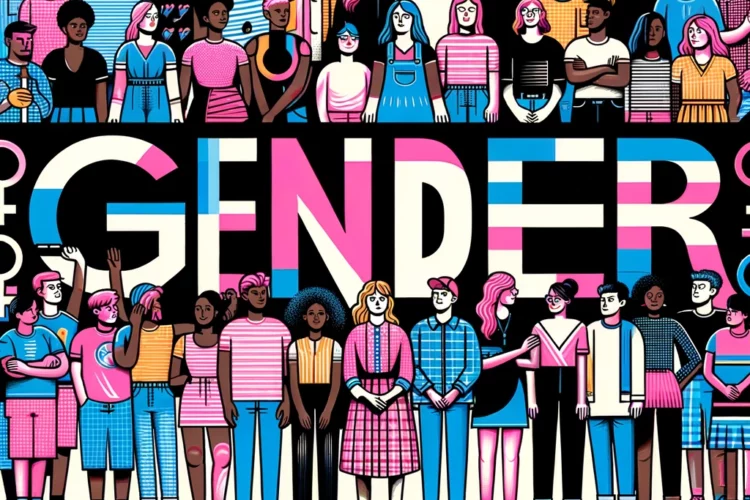Marxist Feminism
Feminist interpretations of patriarchy vary significantly across different schools of thought, particularly among Marxist, Radical, and Socialist feminists. Each perspective offers a unique understanding of how patriarchy operates and its implications for women's oppression. Below is a comparison of these interpretations.
## Marxist Feminism
### Conceptualization of Patriarchy
Marxist feminists argue that patriarchy is intrinsically linked to capitalism. They contend that women’s oppression stems primarily from their economic exploitation within a capitalist system. This perspective emphasizes that capitalism relies on the unpaid domestic labor of women, which supports the workforce and sustains the economy without being recognized or compensated.
### Key Points
- **Economic Basis**: Marxist feminists view the family as a microcosm of capitalist exploitation, where women perform unpaid labor that benefits the capitalist system. Women are seen as a "reserve army" of labor, called upon when needed and dismissed when not.
- **Class Struggle**: The struggle against capitalism is viewed as central to women's liberation. Marxist feminists assert that dismantling capitalist structures will also dismantle patriarchal systems, as both are interdependent.
- **Historical Materialism**: This approach emphasizes the historical evolution of women's roles in society, linking the rise of patriarchy to the development of private property and class society. Friedrich Engels' work highlights how women's status declined with the emergence of capitalism and private property.
## Radical Feminism
### Conceptualization of Patriarchy
Radical feminists assert that patriarchy is a fundamental and pervasive system of oppression that predates capitalism. They argue that male dominance is the primary form of oppression and that it manifests in all aspects of society, including culture, politics, and personal relationships.
### Key Points
- **Patriarchy as a System**: Radical feminists view patriarchy as a global system where men, as a class, oppress women. They argue that this oppression is maintained through social norms, institutions, and practices that favor male dominance.
- **Sexual Politics**: This perspective emphasizes the importance of sexual politics in understanding women's subordination. Radical feminists believe that sexual relationships are inherently political and reflect broader power dynamics.
- **Revolutionary Change**: Unlike Marxist feminists who focus on economic structures, radical feminists advocate for a complete overhaul of societal norms and institutions to eliminate patriarchy. They emphasize the need for women's autonomy and self-determination beyond mere equality with men.
## Socialist Feminism
### Conceptualization of Patriarchy
Socialist feminists integrate elements from both Marxist and Radical feminism, arguing that both capitalism and patriarchy must be addressed to achieve true gender equality. They contend that women's oppression cannot be fully understood without considering both economic exploitation and social inequality.
### Key Points
- **Intersectionality**: Socialist feminists emphasize the interconnectedness of various forms of oppression, including classism, racism, and sexism. They advocate for an intersectional approach that recognizes how these systems interact to shape women's experiences.
- **Collective Action**: This perspective promotes collective action among women across different classes to challenge both capitalist and patriarchal structures. Socialist feminists believe that solidarity among women can lead to transformative change.
- **Focus on Social Reproduction**: Socialist feminists highlight the importance of social reproduction—the unpaid labor involved in raising children and maintaining households—as critical to understanding women's roles within both capitalism and patriarchy.
## Conclusion
In summary, while Marxist feminism focuses on the economic dimensions of women's oppression within capitalism, Radical feminism emphasizes patriarchy as a primary system of domination independent of economic structures. Socialist feminism seeks to synthesize these perspectives by addressing both capitalism and patriarchy through an intersectional lens. Each feminist interpretation offers valuable insights into the complexities of women's subordination, highlighting different pathways toward liberation and equality.
Citations:
[1] https://marxistleftreview.org/articles/the-poverty-of-patriarchy-theory/
[2] https://www.simplypsychology.org/marxist-feminism.html
[3] https://openprairie.sdstate.edu/cgi/viewcontent.cgi?article=1013&context=greatplainssociologist
[4] https://en.wikipedia.org/wiki/Marxist_feminism
[5] https://www2.kobe-u.ac.jp/~alexroni/IPD%202015%20readings/IPD%202015_5/under-western-eyes.pdf
[6] https://uregina.ca/~gingrich/mar1098.htm
[7] https://en.wikipedia.org/wiki/Radical_feminism
[8] https://scholarblogs.emory.edu/postcolonialstudies/2014/08/09/mies-maria-2/








